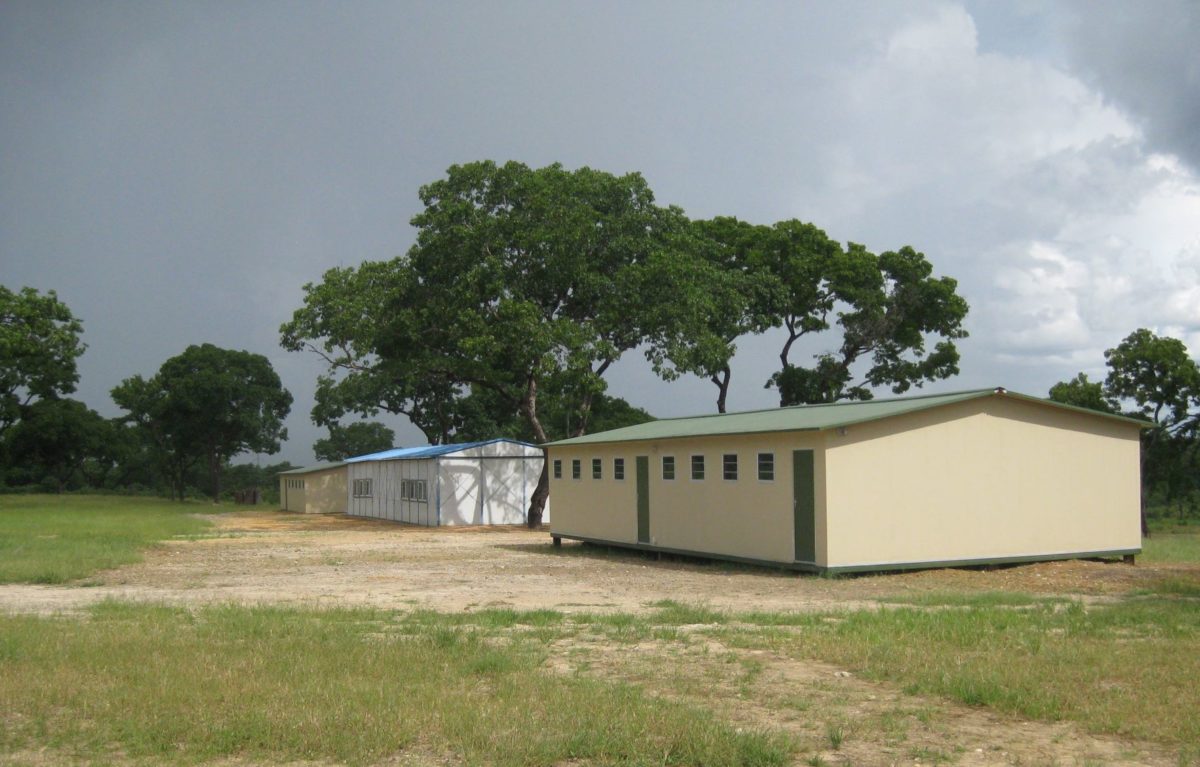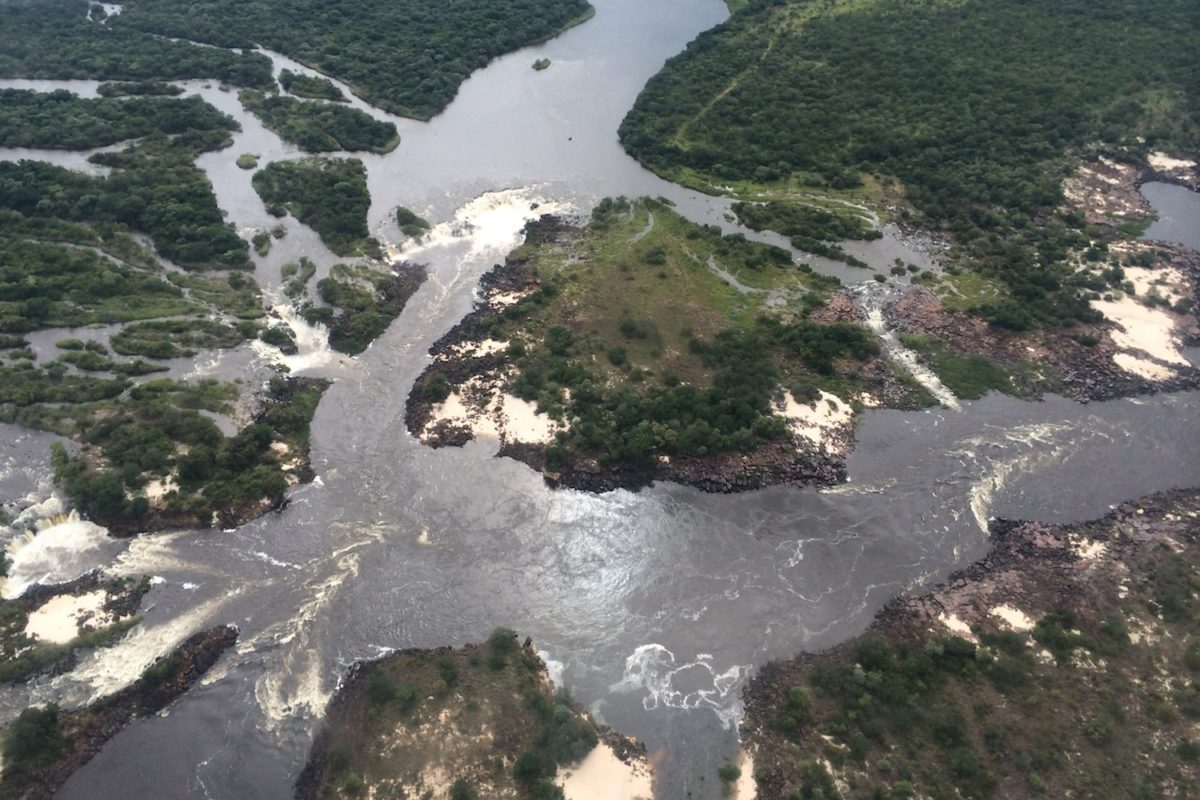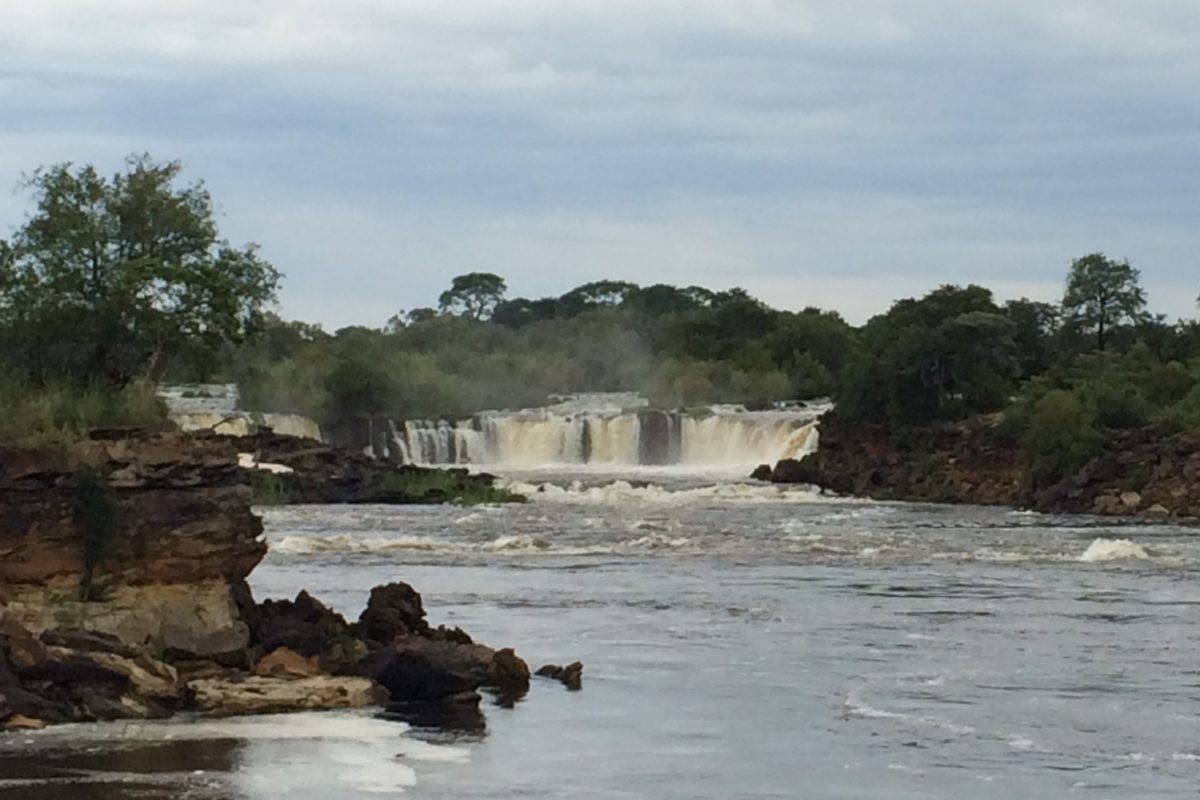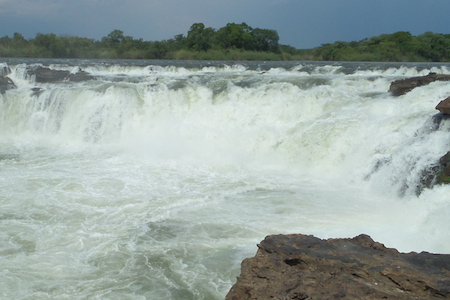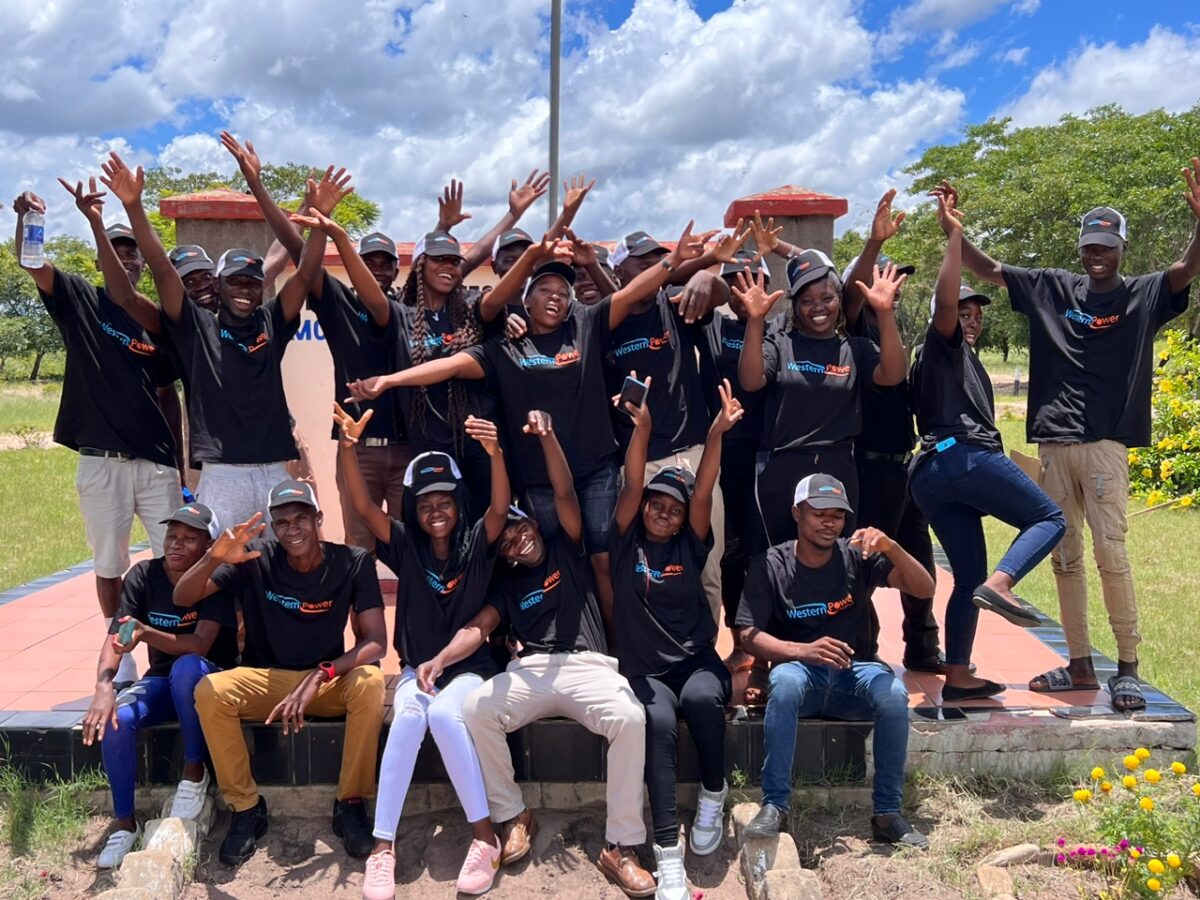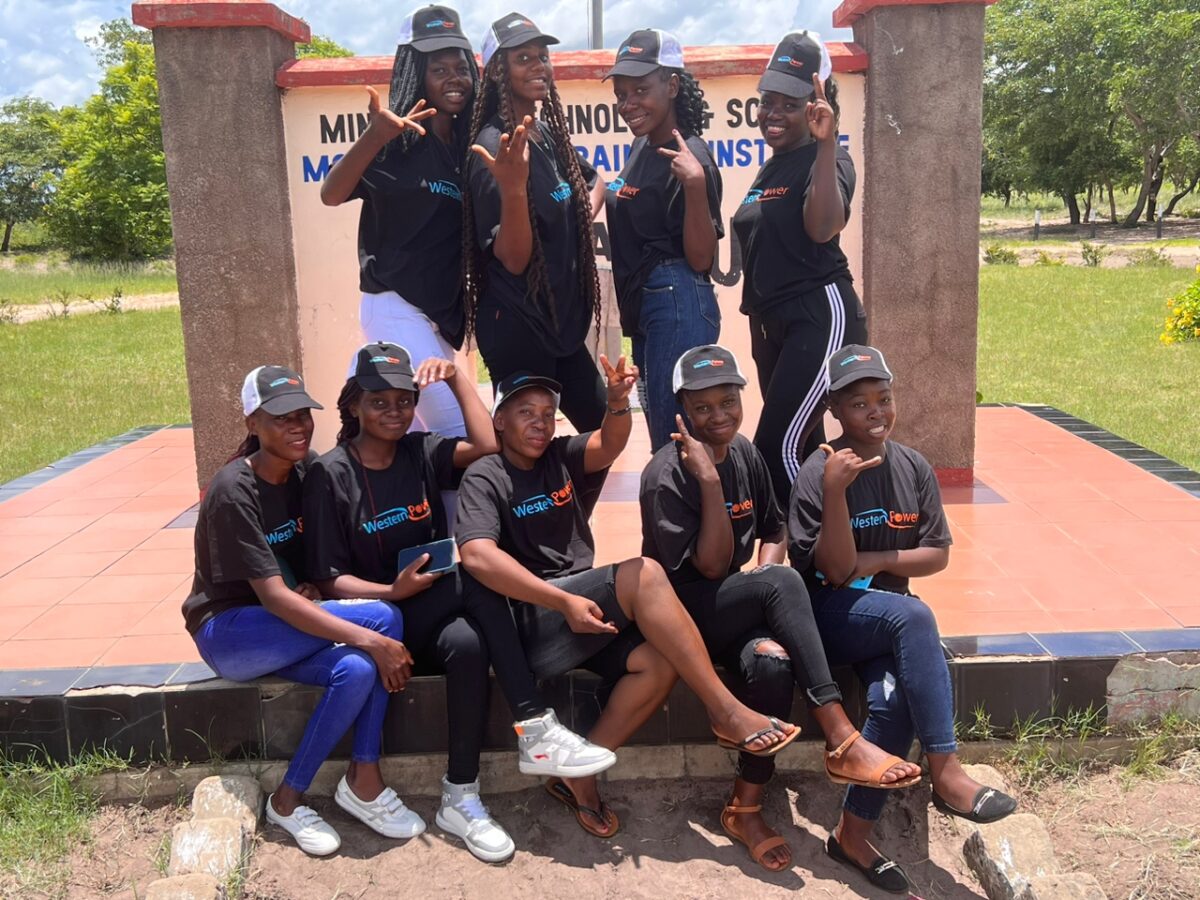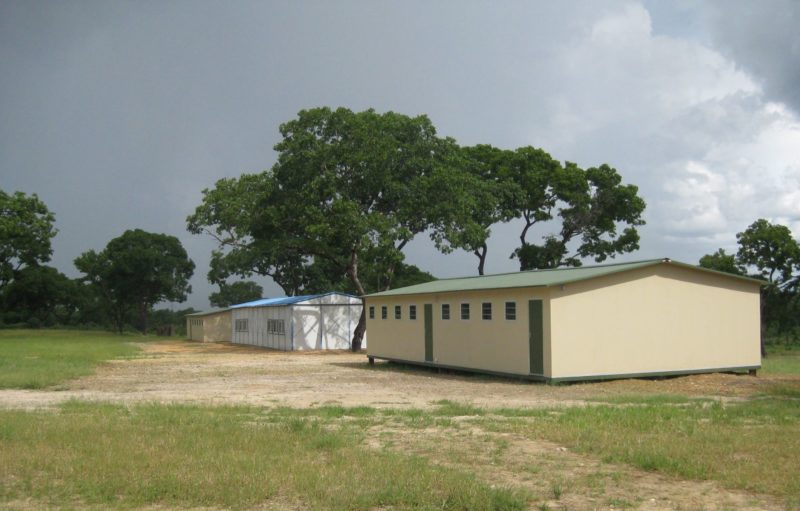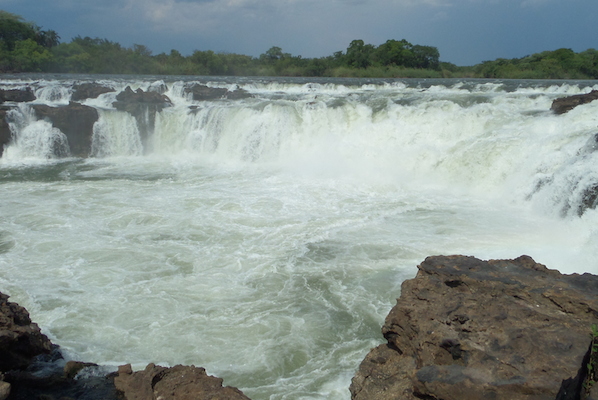Zambia: Western Power
Harnessing the power of waterfalls
Challenge
In recent years, Zambian households and businesses have been affected by power shortages due to a mix of factors including the need for power rationing on a national grid that relies heavily on large hydropower dams. The Government of the Republic of Zambia (GRZ) has taken steps towards achieving cost-reflective sales tariffs for power sold by its national utility ZESCO and is encouraging greater energy efficiency. Rising demand for power has made increasing and diversifying the mix of generation capacity a long-term national priority.
Zambia has approximately 3,500MWof installed generation capacity; however, Zambia still has considerable untapped hydropower potential. Overreliance upon a few large hydropower plants, such as the Kariba Dam which Zambia shares with Zimbabwe, can put pressure on the integrity of dam infrastructure and increase systemic vulnerability to shocks such as drought. The GRZ has therefore committed to diversifying their existing hydro portfolio with smaller scale and run-of-river hydro. This approach will facilitate sustainable management of infrastructure and river flows while also mitigating the effects of regional variances in rainfall. The GRZ has also committed to upgrading existing hydro infrastructure and to pursuing alternative energy initiatives, including the implementation of two private solar PV plants that were commissioned in 2019. Collectively these commitments will help improve the resilience of Zambia’s energy system.
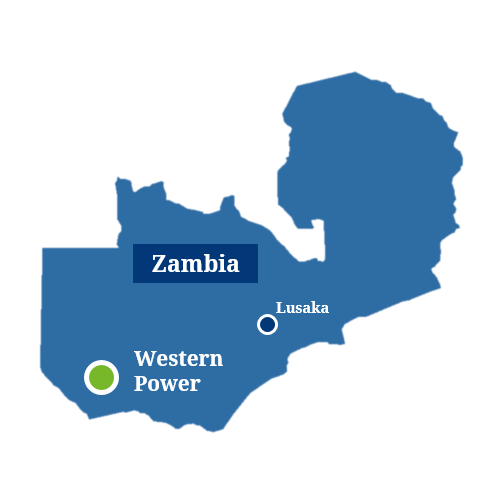
Solution
The Western Power Company (WPC) project will establish a 180MW run-of-river hydroelectric power plant at Ngonye Falls on the Zambezi River in the Western Province of Zambia. The project will divert water from the river’s left channel into a 3km canal served by a partly-underground plant facility. The project is managed by founders Africa Power Projects (APP) and InfraCo Africa. The hydro plant will deliver 830GWh per year of clean, renewable energy to Zambia’s national grid. The project will connect to a new 110km 220kV transmission line that will run from or past the plant all the way to Sesheke at the border with Namibia.
PIDG’s Technical Assistance has provided grant finance to support the project’s development, alongside $1.75 million from the Development Bank of Southern Africa which has supported the project since its inception.
Zambia’s Western Province has yet to unlock the potential of its fast-flowing Zambezi River and natural falls. Developing a run-of-river hydro in the region will increase national installed capacity; meeting the increasing demand for power, improving the stability of the grid network and helping to stimulate socio-economic development locally.
Being jointly developed by InfraCo Africa and African Power Projects.





